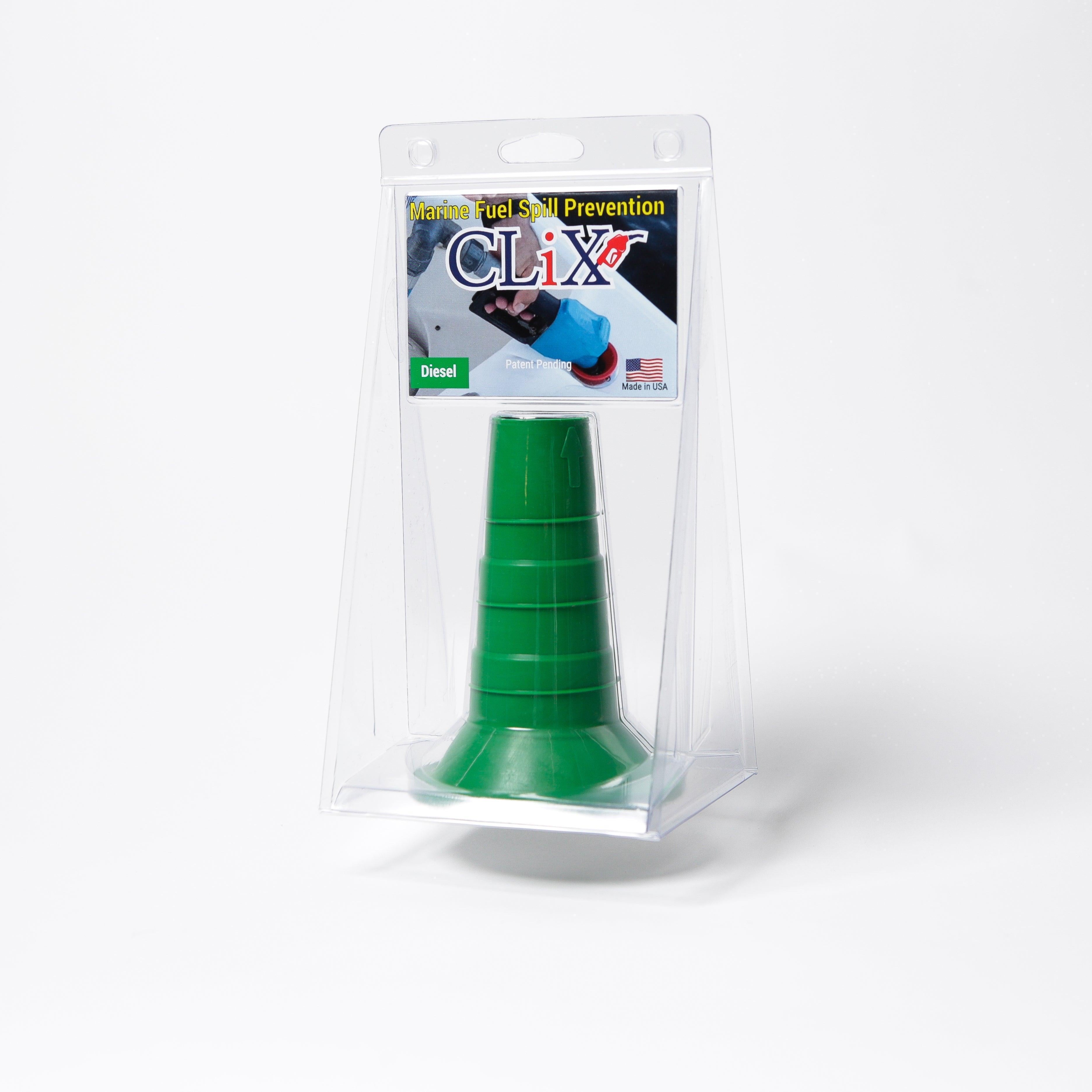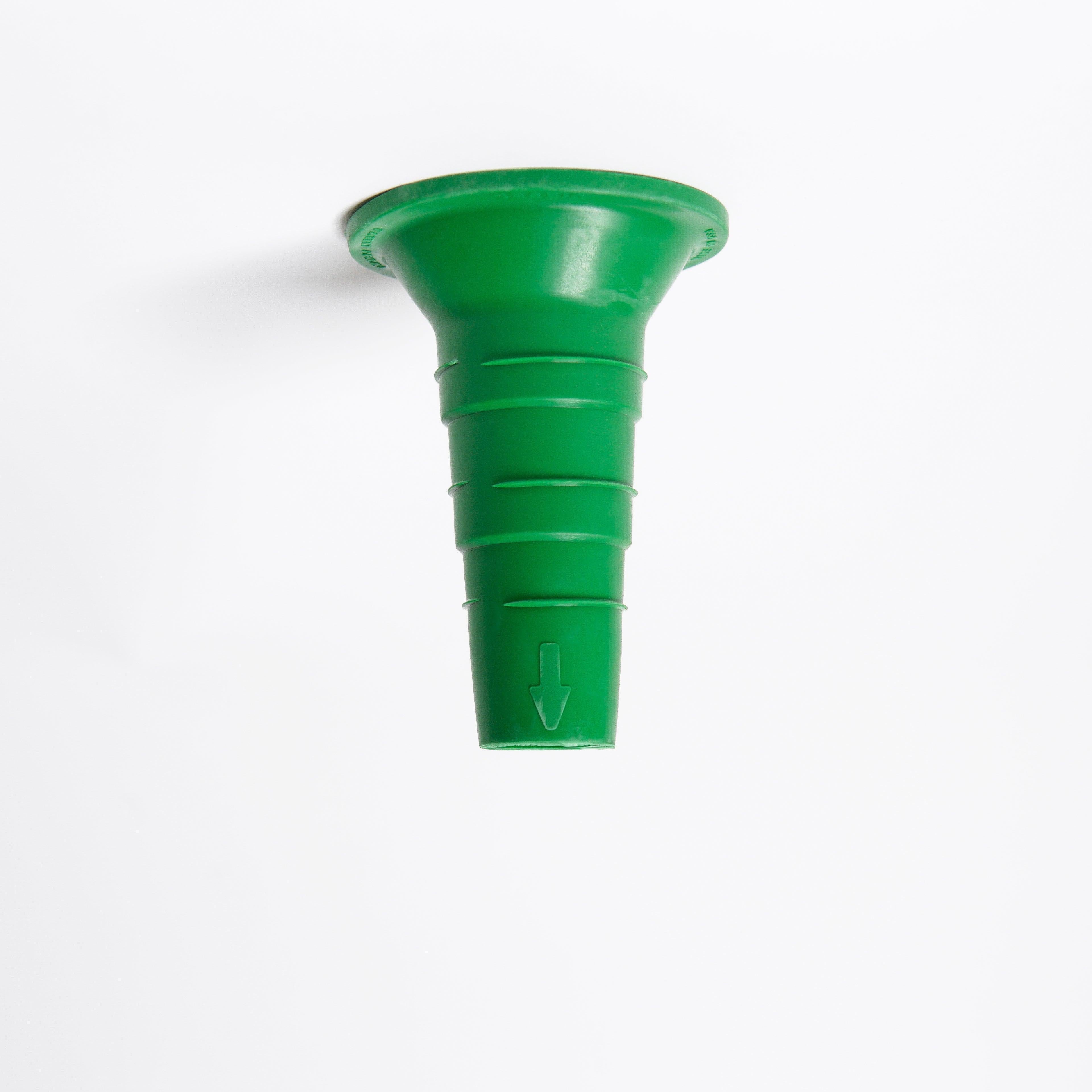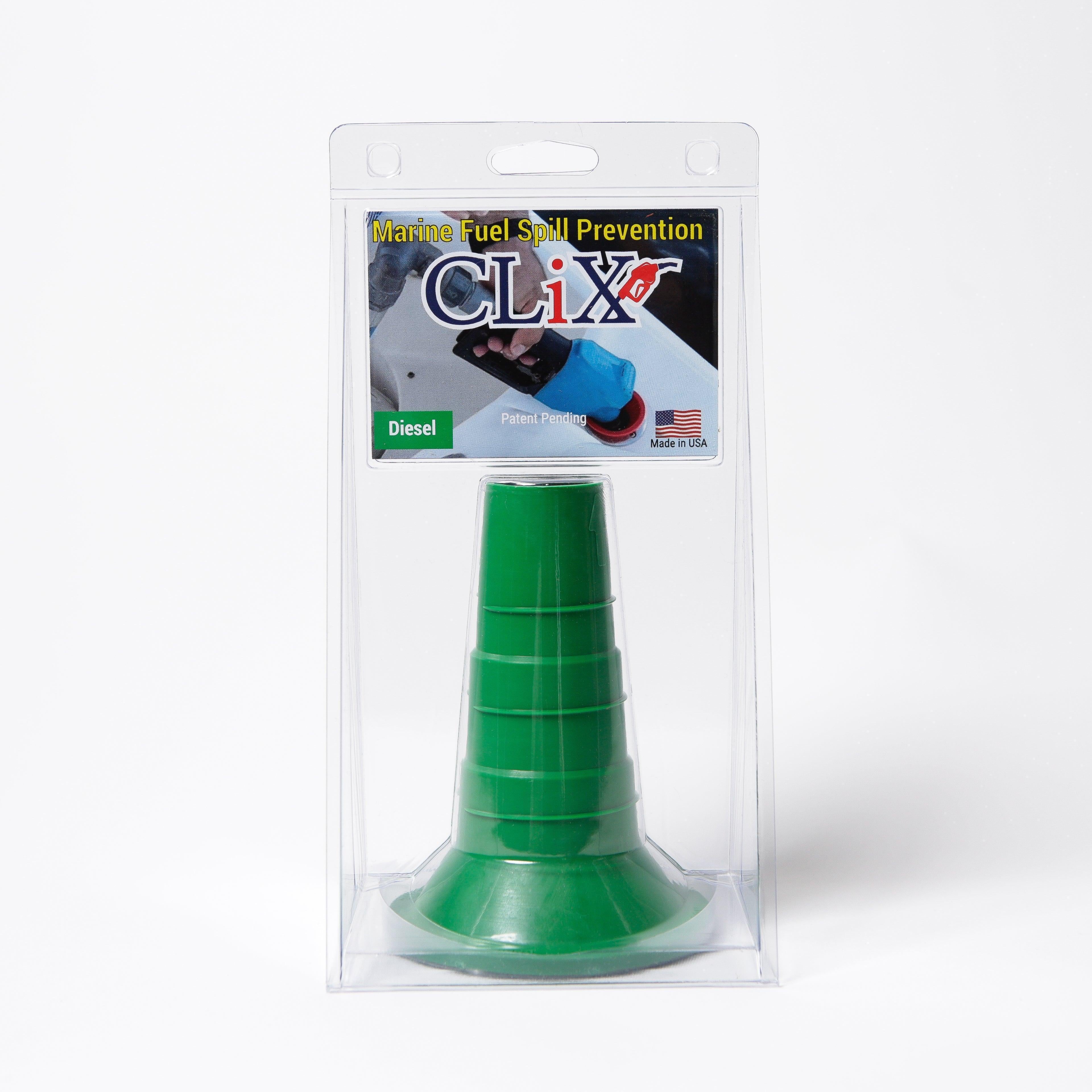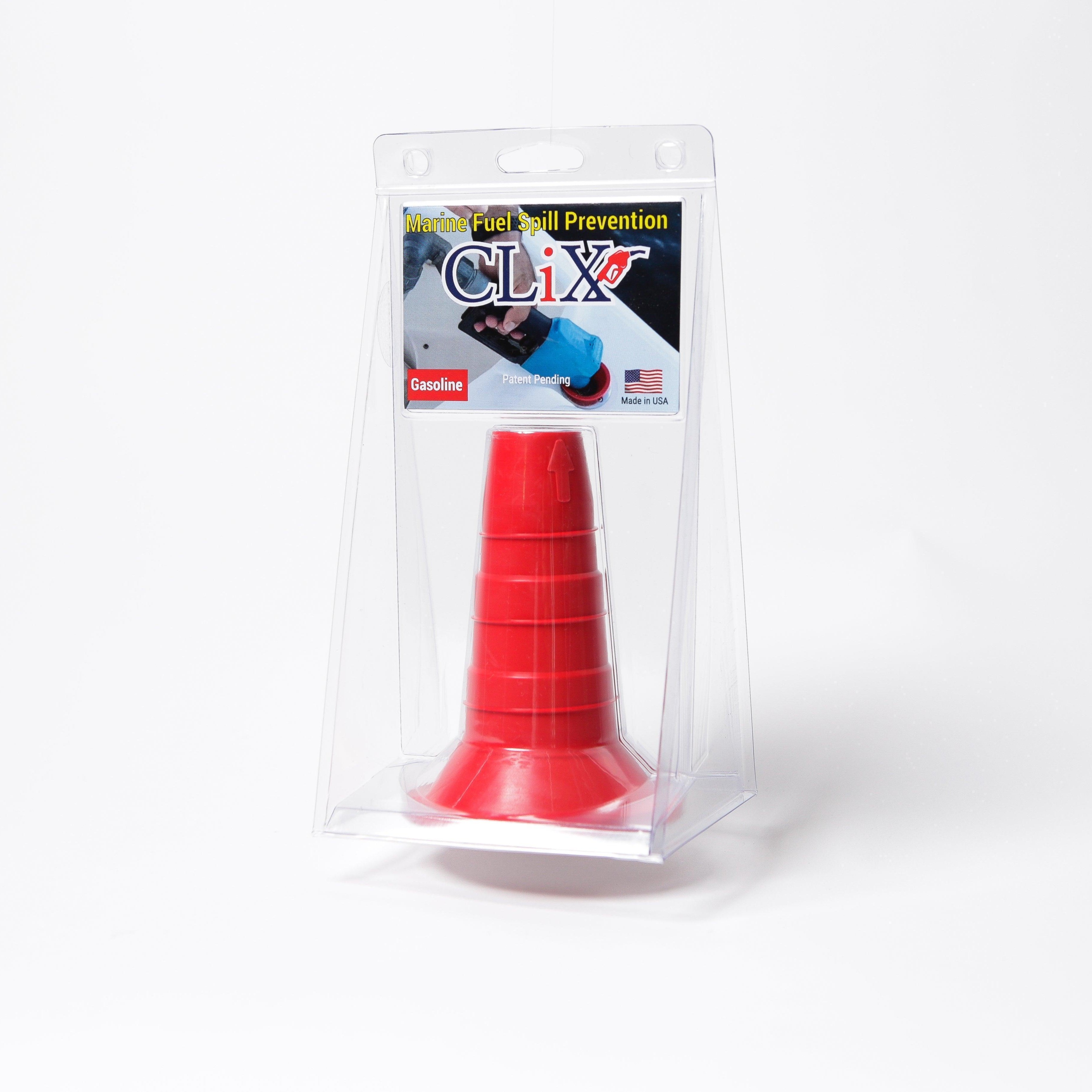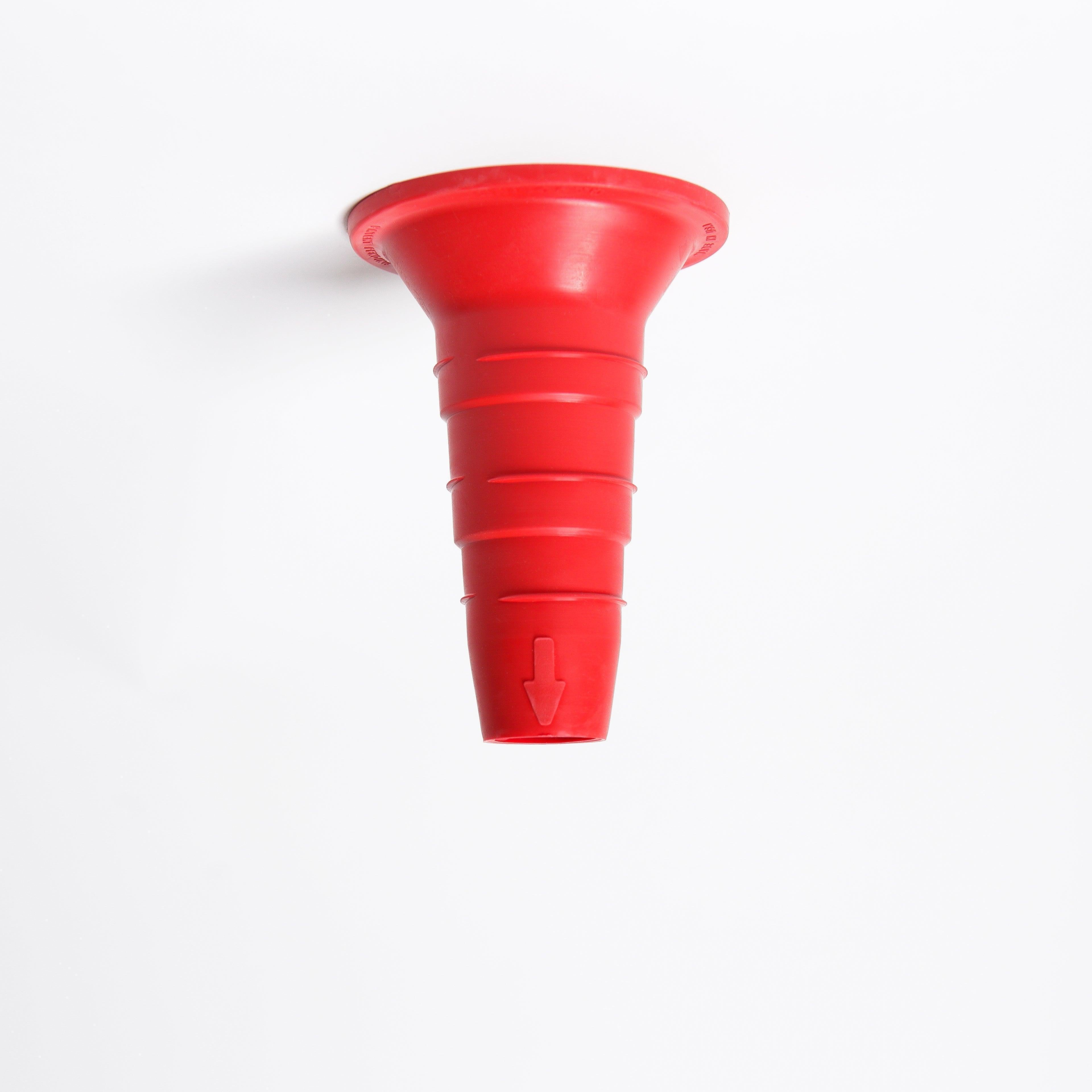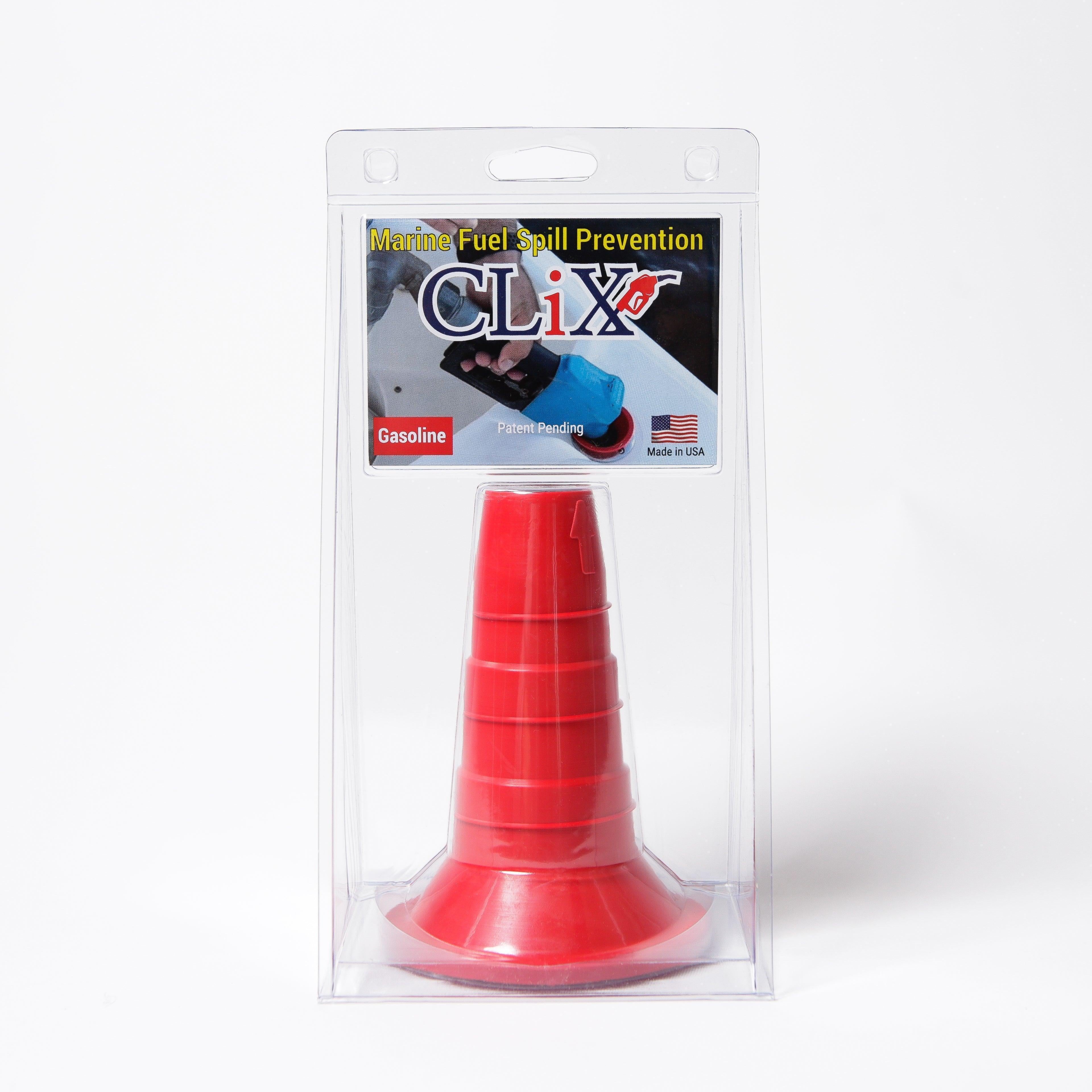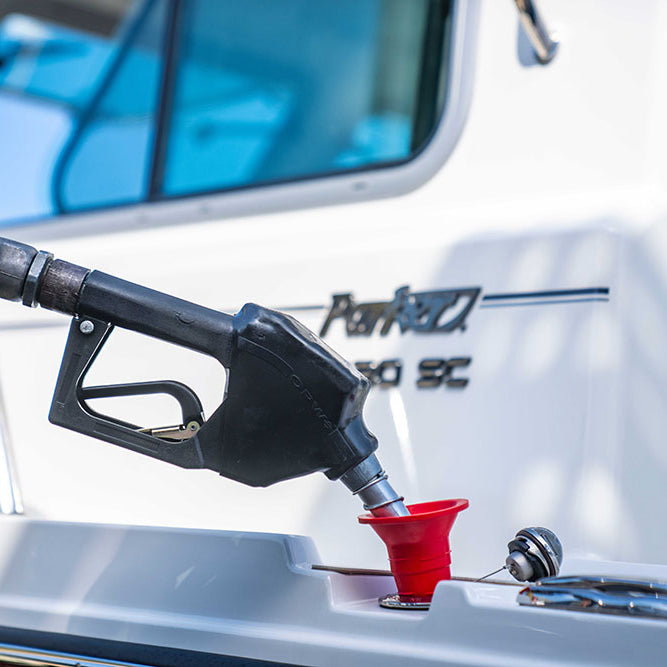The Science Behind Fuel Tank Baffling
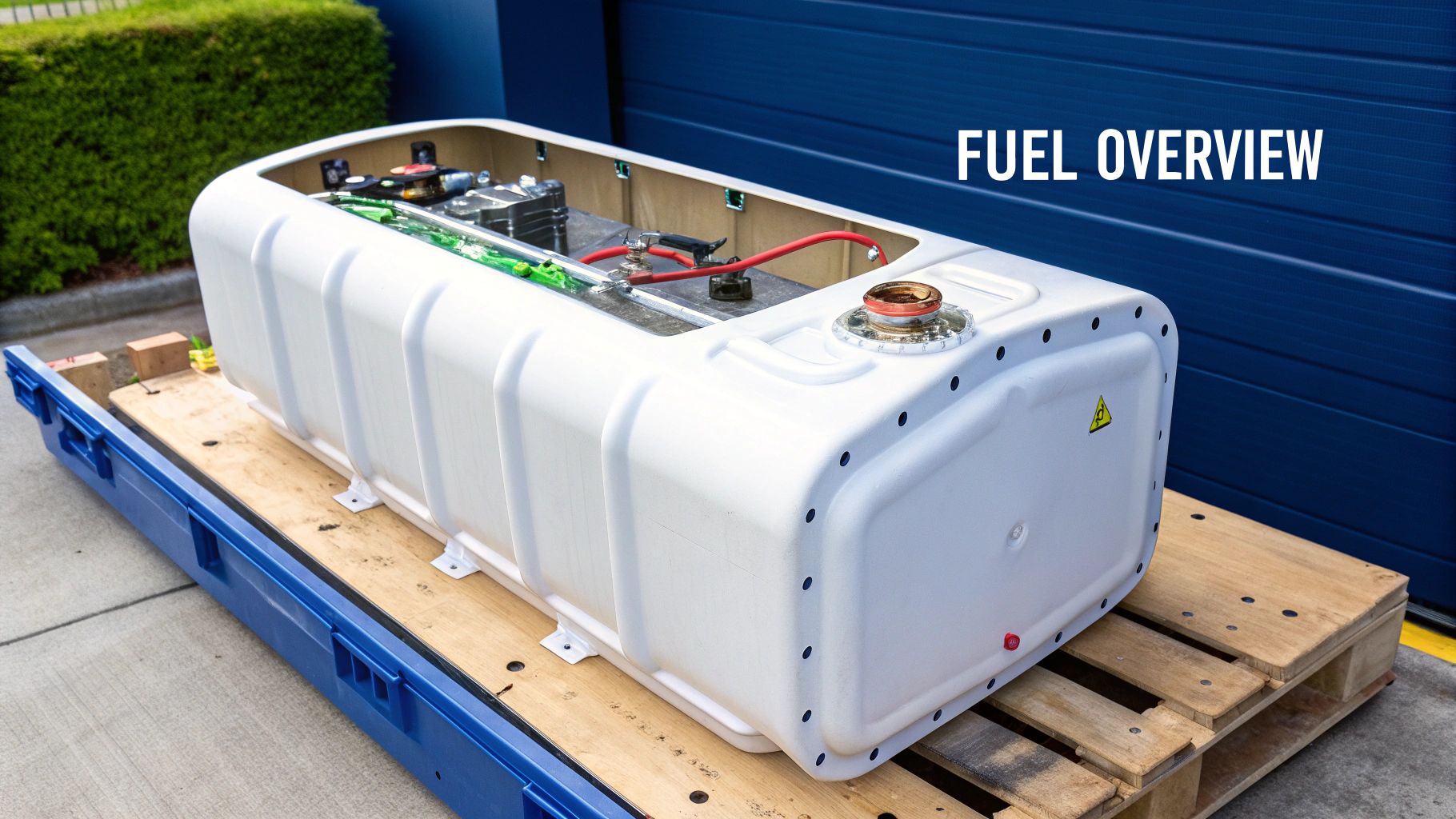
Fuel tank baffling may seem insignificant, but it's vital for vehicle safety and performance. These internal components manage the movement of liquid fuel, especially during acceleration, braking, and cornering. Think of a half-full water bottle sloshing around – that's similar to what happens in a fuel tank without baffles. This can drastically shift the vehicle's center of gravity, affecting handling and stability.
How Baffles Control Fuel Movement
Fuel tank baffling describes the dividers or partitions inside the fuel tank. These baffles break down the fuel's movement, changing large waves into smaller surges. This minimizes the effect of fuel slosh on the vehicle's balance. For instance, during hard braking, baffles stop fuel from surging forward, preventing a sudden weight shift and maintaining braking effectiveness.
Baffling also ensures a steady fuel supply to the engine. Without baffles, fuel could move away from the fuel pump pickup, causing fuel starvation, especially when cornering or accelerating. This can lead to a temporary loss of power, a safety hazard and performance issue. You can explore more in our blog articles.
The Evolution of Baffling Technology
Historically, fuel tank baffling has been essential for safety and reducing fluid sloshing. The aerospace industry has long understood the importance of baffles, using them to control fuel sloshing in spacecraft. This became a significant concern in the 1960s as researchers studied its effects on spacecraft stability. By then, engineers were already developing ways to measure and predict fuel sloshing. Anti-slosh baffles remain a vital part of spacecraft design, ensuring stability and preventing engine failures. The use of baffles has greatly improved spacecraft propulsion systems. Learn more about the history of fuel tank baffling in aerospace.
Early automotive baffles were typically simple metal plates. Modern baffling systems, however, utilize complex shapes and advanced materials. This evolution comes from the need for better vehicle performance and stricter safety standards. These improvements aren't just for high-performance vehicles; everyday cars benefit from better baffling systems for increased stability and fuel efficiency.
Fuel Tank Baffling and Crash Survival
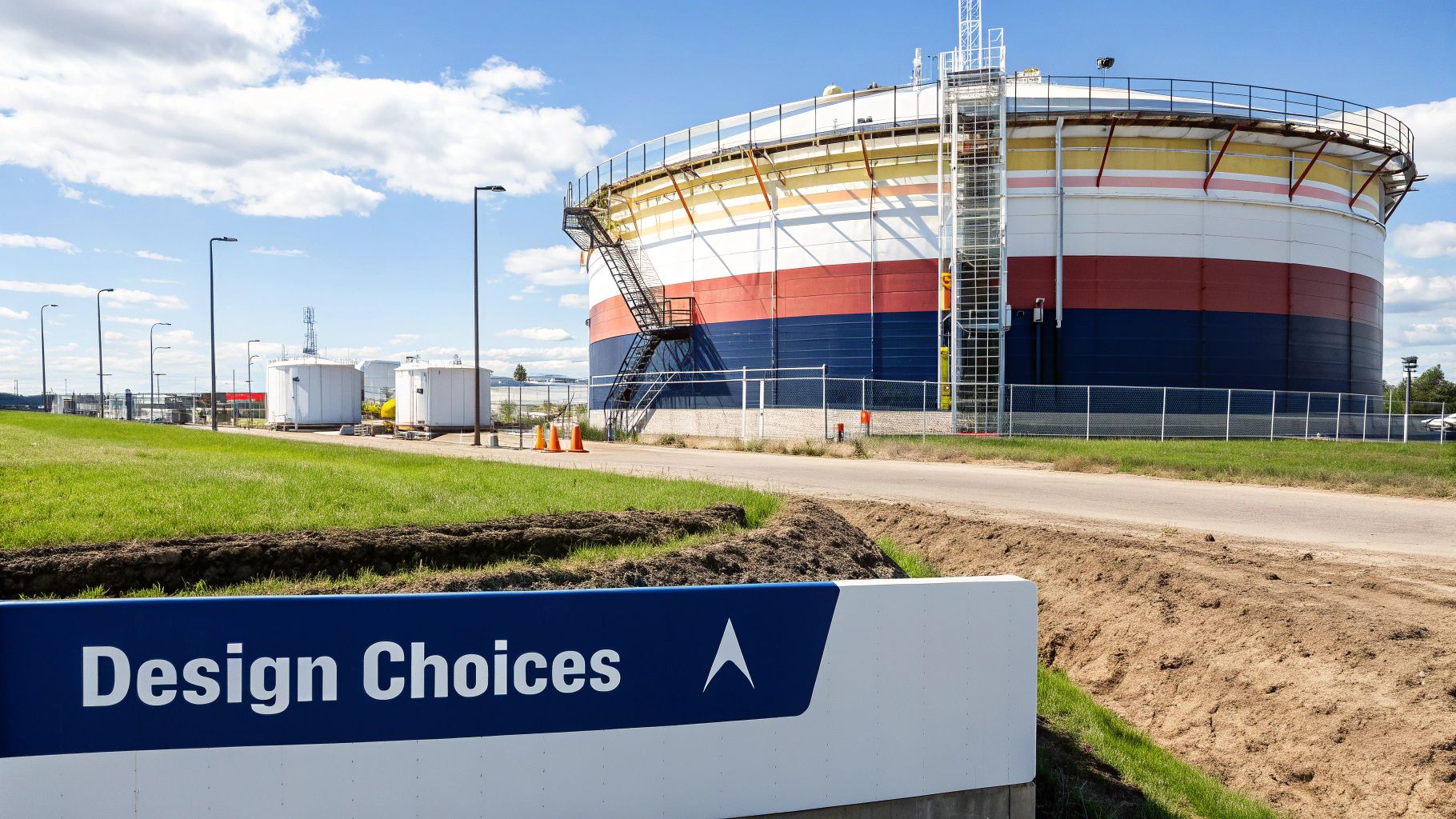
Beyond fuel slosh control, fuel tank baffling plays a critical role in crash safety. Effective baffling isn't just about vehicle performance; it's a vital safety feature. It minimizes fire hazards and reduces rollover risk during impact.
Real-World Crash Scenarios: The Importance of Baffles
Imagine a vehicle collision. The impact forces fuel forward, potentially rupturing the tank. A well-designed baffling system, however, restricts this movement. This keeps the fuel contained and minimizes leaks and fires. Baffles also maintain the vehicle's center of gravity during impact, which is crucial for preventing rollovers, especially in SUVs and trucks.
The automotive industry has learned valuable, and sometimes tragic, lessons about baffling. Crash tests have highlighted the importance of fuel tank placement and baffling. Research on the 1973-87 General Motors C/K pickups, for example, showed how gas tanks outside the frame rails increased fire risk after collisions. Safer placements, like above the rear axle, better protected the tank from crushing in rear-end impacts. Studies from the early 1970s demonstrated that tanks within the frame offered superior impact protection and reduced fire likelihood. Impact-resistant fuel cells, like those used in NASCAR since 1966, further emphasize robust tank design. Learn more about the GM C/K pickup fuel tank issue here.
How Baffle Design Influences Crash Outcomes
Even subtle baffle design differences can significantly impact crash outcomes. The number, placement, and shape of baffles all contribute to the system's overall effectiveness. Vertical baffles, strategically placed, control longitudinal surges during front or rear impacts. Horizontal baffles reduce lateral fuel movement in side impacts. The baffle material is also important. Stronger, more durable materials are less likely to deform or break during a collision.
The Future of Fuel Tank Baffling for Enhanced Safety
Vehicle manufacturers are constantly refining baffle designs to improve crashworthiness. This involves using advanced materials like high-strength polymers and employing computer simulations to optimize baffle placement and geometry. These advancements have significantly improved vehicle safety, reducing post-crash fires and rollovers. This ongoing work demonstrates a continued commitment to protecting vehicle occupants in accidents.
Unleashing Performance Through Strategic Baffling
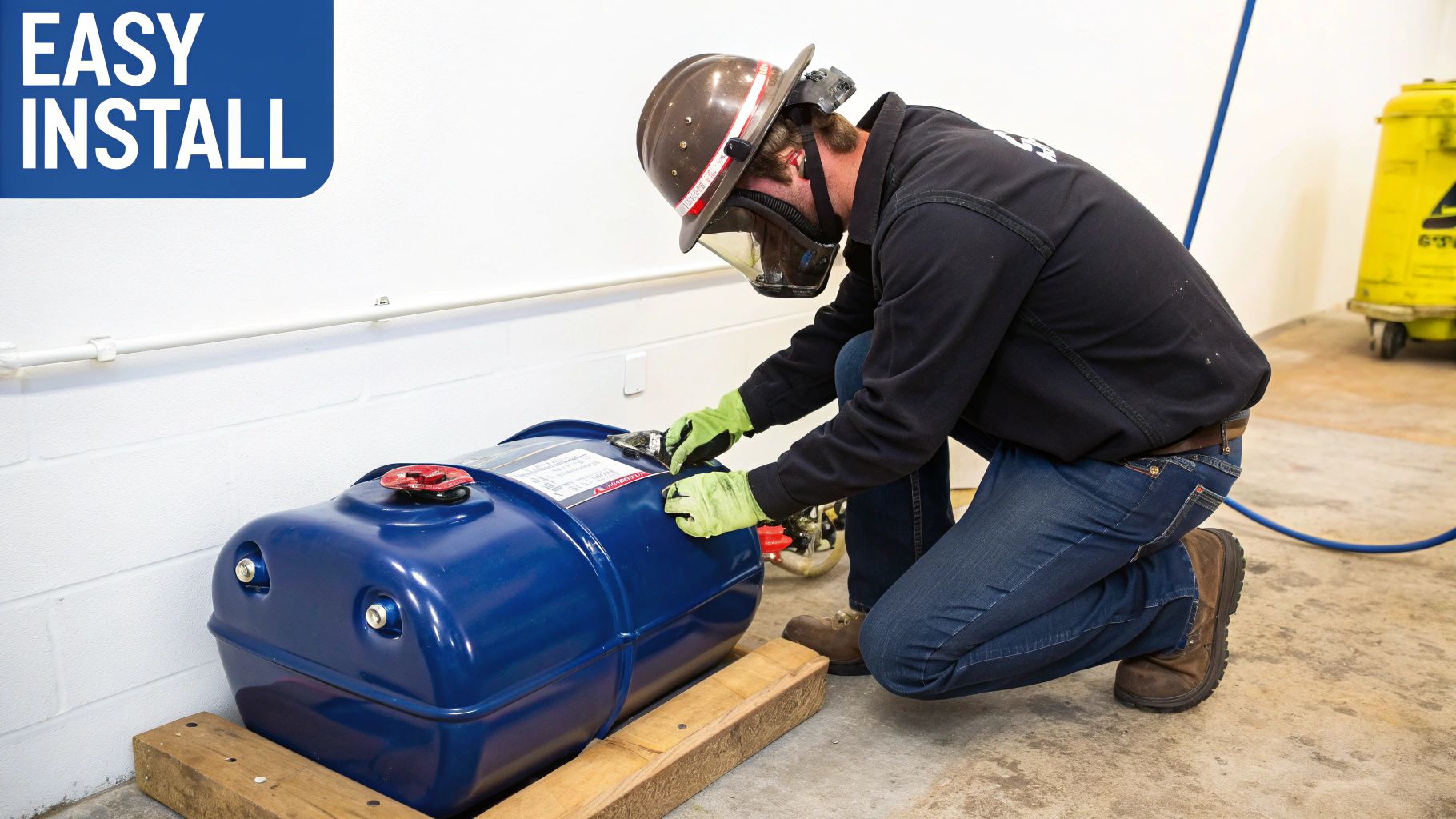
While crash survival is paramount, fuel tank baffling offers significant performance advantages beyond safety. This is particularly true in high-performance situations, from professional racing to off-roading.
The Need For Consistent Fuel Delivery
Under high G-forces, fuel sloshes around violently inside the tank. This erratic movement can starve the engine, causing hesitation and power loss. Imagine taking a hard corner and the fuel surges away from the pickup, leaving the engine momentarily dry. This can be the deciding factor in a race or when navigating a tough off-road obstacle.
How Baffling Optimizes Performance
Strategically placed baffles counteract fuel slosh, ensuring a consistent fuel supply even in extreme conditions. Acting as barriers, they disrupt the fuel's movement and keep it close to the fuel pump pickup. This results in smoother acceleration, improved cornering stability, and consistent power output when you need it most.
To illustrate the impact of baffling, let's take a look at the following table:
Impact of Baffling on Vehicle Performance
This table compares performance metrics between vehicles with and without proper fuel tank baffling.
| Performance Metric | Without Baffling | With Proper Baffling | Improvement % |
|---|---|---|---|
| Acceleration (0-60 mph) | 6.5 seconds | 6.0 seconds | 7.7% |
| Cornering G-Force (Lateral) | 0.9 g | 1.0 g | 11.1% |
| Fuel Starvation Incidents (per lap) | 3 | 0 | 100% |
| Fuel Efficiency (mpg) | 15 mpg | 16 mpg | 6.7% |
As you can see, proper baffling leads to significant improvements across various performance metrics. The elimination of fuel starvation incidents is particularly noteworthy, highlighting the critical role of baffling in maintaining consistent engine performance.
Real-World Performance Gains
Professional racing teams have long understood the value of optimized fuel tank baffling. In high-G-force environments like NASCAR, sophisticated baffling systems are crucial for maintaining consistent engine performance throughout the race. Off-road vehicles also benefit significantly, allowing them to conquer steep inclines and rough terrain without fuel starvation. These same principles apply to everyday driving, improving acceleration responsiveness and fuel economy.
Baffling Solutions For Specific Challenges
Furthermore, proper baffling contributes to tank integrity during impacts. Tests have shown that baffles can minimize damage. One tank impacted at 4.5 mph resulted in a 5-inch dent, while another tested at 6.2 mph only had a 1.5-inch dent. You can find more detailed statistics here.
Motorsport engineers constantly refine fuel tank baffling designs. Utilizing advanced materials like lightweight composites and employing Computational Fluid Dynamics (CFD) to simulate fuel movement and optimize baffle placement. This allows for the development of highly efficient systems that minimize weight while maximizing performance. You might also be interested in exploring different risk assessment methods for crash survival, or learning more about additional technical details. This continuous innovation has yielded groundbreaking baffling solutions addressing specific performance needs, from minimizing fuel starvation during high-speed cornering to boosting fuel efficiency in everyday driving.
Engineering Excellence in Fuel Tank Baffling
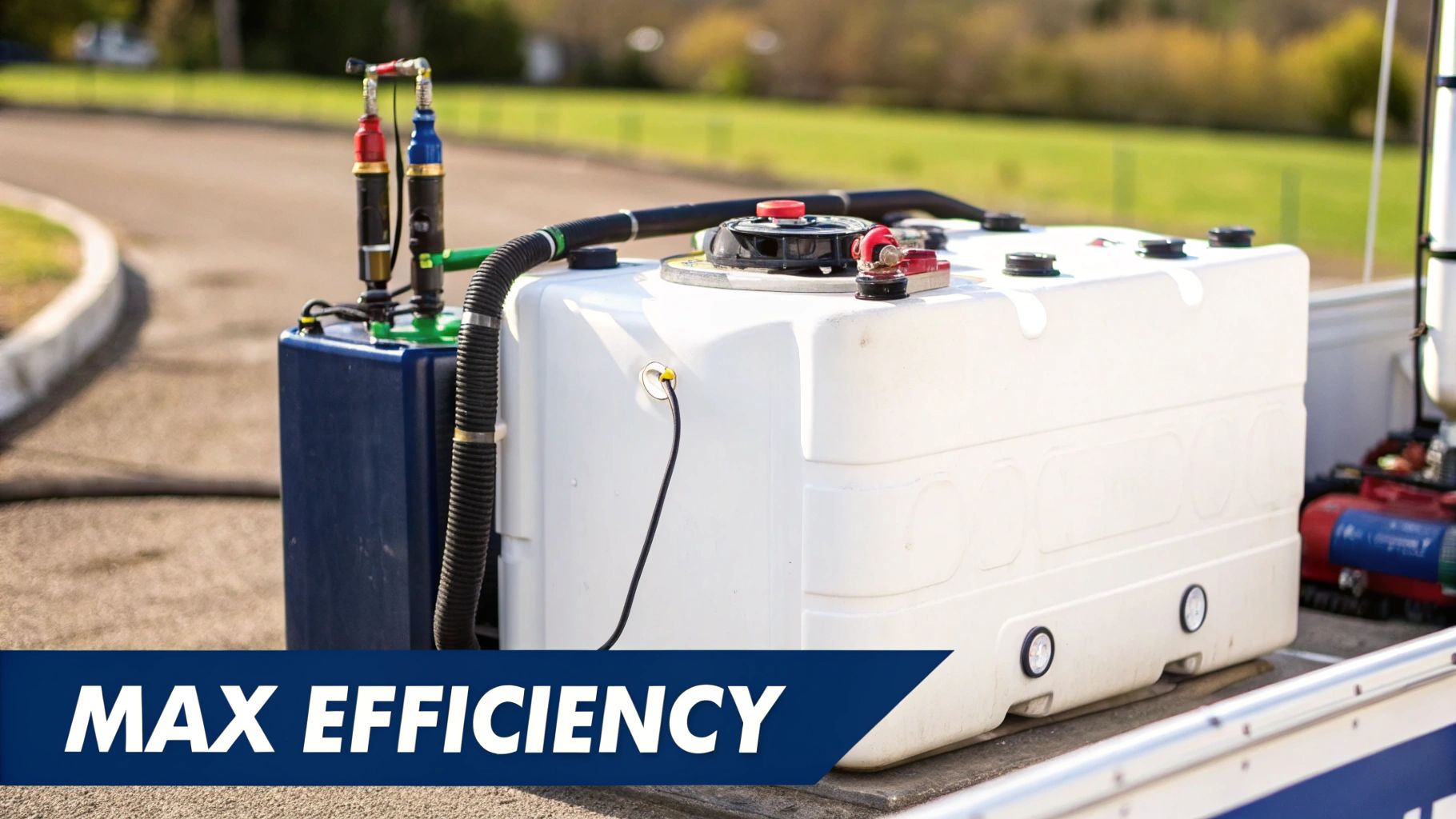
Modern fuel tank baffling is a critical component of vehicle design, carefully engineered to ensure optimal performance in a variety of driving conditions. This section explores the fundamental design principles that distinguish truly effective baffling systems. We'll cover everything from material selection to the intricacies of geometric configurations.
Key Design Considerations For Effective Baffling
Creating effective fuel tank baffling requires a comprehensive approach. Several key factors must be carefully considered. The baffle material must be compatible with the fuel's chemical properties and the temperature range of the operating environment. The design should facilitate smooth fuel flow to the engine pickup, preventing fuel starvation during dynamic movements like acceleration, braking, and cornering. Finally, the entire structure needs to be robust enough to withstand potential impacts.
-
Material Selection: Choosing the right material directly impacts the baffle’s durability, weight, and overall cost.
-
Geometric Configuration: The shape and placement of baffles are crucial for managing fuel slosh and ensuring consistent fuel delivery.
-
Placement and Number: Strategic placement and the appropriate number of baffles are essential for optimal performance.
These elements work together to create a reliable system that provides consistent fuel delivery and improves vehicle safety.
The Role of Computational Fluid Dynamics
Computational Fluid Dynamics (CFD) has become an invaluable tool in baffle design. CFD software allows engineers to simulate fuel movement within the tank under different operating conditions. This helps identify areas of turbulent flow and optimize baffle placement to minimize sloshing. This level of precision was previously unattainable, often relying on trial and error. CFD simulations significantly reduce development time and costs by ensuring optimal baffle configurations before physical prototypes are built.
Baffle Types and Their Applications
Baffle designs vary in complexity, each suited to specific applications.
-
Horizontal Baffles: These are the simplest type, often flat plates positioned horizontally within the tank. They are effective at minimizing vertical fuel slosh during acceleration and braking.
-
Vertical Baffles: These baffles primarily reduce lateral fuel movement, vital for maintaining stability during cornering maneuvers.
-
3D Structures: Complex 3D baffle structures are becoming more common. They offer customized solutions for specific tank shapes and vehicle dynamics, providing precise control over fuel movement in multiple directions.
The best baffle type depends on the intended application and the required performance level.
Manufacturing Techniques and Cost-Benefit Analysis
Manufacturing techniques significantly impact baffle durability, performance, and cost. Common methods include welding, stamping, and casting, each with its own advantages. The material choice also plays a role in the manufacturing process. Aluminum, for example, offers an excellent balance of strength and low weight but is typically more expensive than steel. High-strength polymers are becoming an increasingly popular option, providing excellent corrosion resistance. Carefully evaluating the cost-benefit trade-offs for different materials and production methods is crucial for selecting the optimal solution.
To illustrate the different considerations, let's look at a comparison of common baffle materials:
Comparison of Fuel Tank Baffle Materials
| Material | Weight | Durability | Cost | Corrosion Resistance | Best Applications |
|---|---|---|---|---|---|
| Aluminum | Low | High | Moderate | High | High-performance vehicles, aircraft |
| Steel | High | High | Low | Moderate | Standard automotive, heavy-duty vehicles |
| Polymer | Low | Moderate | Moderate | High | Marine applications, specialized tanks |
This table highlights the key factors to consider when selecting a material for fuel tank baffling. The optimal baffling system is not a one-size-fits-all solution, and each application requires careful consideration. You can find more information on fuel tank baffling at CLiX Fueling Solutions.
Fuel Tank Baffling Across Industries
Fuel tank baffling isn't a one-size-fits-all solution. Different vehicles and industries have unique fuel management challenges. This is where specialized fuel tank baffling comes in. A baffling system for a race car will be very different from one designed for a cargo ship or an airplane.
Aviation: Defying Gravity
Aircraft experience dramatic shifts in attitude and altitude. During climbs, dives, and turns, fuel can slosh around inside the tank. This can cause fuel starvation, a dangerous situation where the engine is temporarily cut off from its fuel supply. Aircraft fuel systems often use complex baffling networks and swirl pots to ensure a constant fuel supply, no matter the aircraft's position.
Marine: Riding the Waves
Boats constantly deal with multi-directional movement from waves, currents, and maneuvering. This creates complex sloshing patterns in the fuel tank, impacting stability and potentially causing fuel starvation. Marine baffling systems use a mix of vertical and horizontal baffles to counteract fuel movement. Flexible baffles might also be used to handle the dynamic nature of the ocean environment.
Motorsport: Pushing the Limits
In motorsports, high speeds and aggressive maneuvering are standard. Fuel starvation can be the difference between winning and losing. High-performance baffling systems are crucial for maintaining consistent fuel delivery under extreme G-forces. Baffling also helps prevent fuel slosh from impacting the car's balance while cornering. This is done with precisely engineered baffles to minimize fuel movement and ensure constant contact with the fuel pickup.
Off-Road: Conquering Rough Terrain
Off-road vehicles face steep inclines, declines, and uneven terrain. This requires robust fuel tank baffling to prevent fuel starvation and maintain consistent fuel supply no matter the terrain. Off-road baffling systems often use multiple trap doors and check valves to control fuel movement in extreme off-angle situations. You might want to check out what CLiX Fueling Solutions has to offer.
Crossover Technologies and Future Trends
While each industry has specific solutions, there's a growing trend of shared technologies. Developments in one area often find applications in others. For instance, lightweight composite materials used in motorsport baffling have influenced aircraft fuel system design. This exchange of ideas pushes the boundaries of fuel tank baffling technology. Emerging technologies like smart sensors and active baffling systems promise to further improve fuel management, offering better efficiency, safety, and performance across industries.
DIY Fuel Tank Baffling: From Planning to Performance
Ready to enhance your vehicle's fuel system? This guide offers a comprehensive roadmap for upgrading your fuel tank baffling, whether you're installing a pre-made kit or crafting a custom solution. We'll explore material selection, design considerations, and installation methods that yield professional-grade results.
Assessing Your Needs and Choosing the Right Solution
Before starting, evaluate your vehicle's current setup. Do you notice excessive fuel sloshing when cornering or braking? Does your engine starve for fuel during hard acceleration? Understanding your specific needs is crucial for selecting the right baffling solution. Aftermarket baffle kits offer a convenient option for many vehicles, with pre-designed options for popular models. Building a custom solution, however, allows you to tailor the baffling to your driving style and vehicle modifications.
Material Selection and Design Considerations
The material you choose affects both performance and longevity. Aluminum provides a lightweight and corrosion-resistant option, ideal for high-performance applications. Steel is a more budget-friendly choice, but adds weight and can rust. High-strength polymers balance weight and cost effectively, with excellent corrosion resistance, making them suitable for many projects.
Baffle design involves more than just material selection. The number, position, and shape of the baffles significantly impact fuel control. Horizontal baffles mainly control vertical sloshing during acceleration and braking. Vertical baffles, on the other hand, manage lateral fuel movement during cornering. More intricate 3D designs are gaining popularity, offering precise fuel control and even the potential to optimize fuel flow to the fuel pump.
Installation Techniques for Professional Results
Proper installation is paramount for maximizing the benefits of your fuel tank baffling. Whether using a kit or a custom design, ensure a secure fit within the tank to prevent movement and vibration. If using an aftermarket kit, carefully follow the manufacturer's instructions. For custom builds, meticulous planning and execution are essential. Using templates can help accurately mark and cut your chosen baffle material. Use appropriate fasteners, making sure they're compatible with your fuel type to prevent corrosion.
Real-World Case Studies: Learning From Others
Real-world examples provide invaluable insights. Examining successful projects, from hobbyists to professional mechanics, offers a glimpse into different approaches, common hurdles, and realistic outcomes. Analyze the costs, time investment, and performance results of these projects to inform your own approach. Learning from others can help save you time, money, and potential headaches.
Upgrade your fueling system with CLiX Fueling Solutions, an innovative product designed for a stress-free and spill-free fueling experience.

